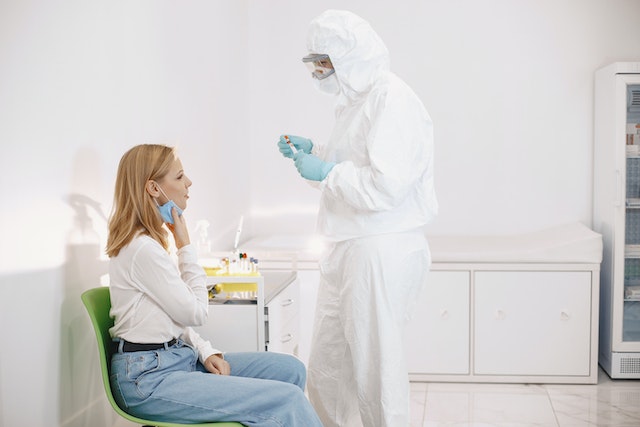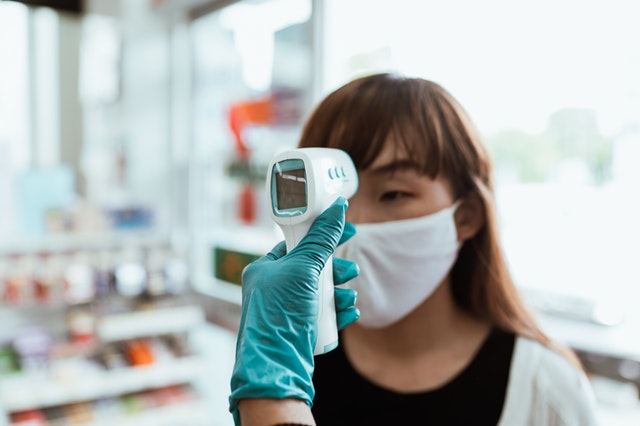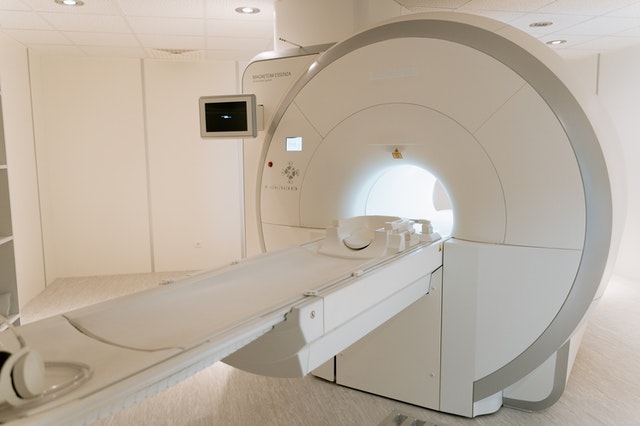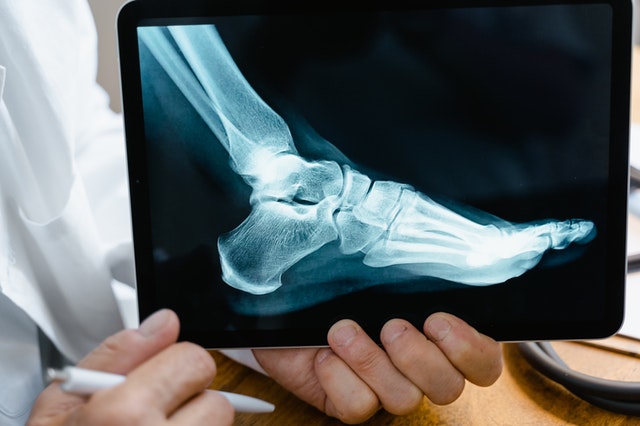The foundation of health care lies with a diagnosis. Sometimes, medical professionals have barriers to providing an accurate diagnosis because they do not have the lab space or time.
This is where medical imaging centers offer invaluable assistance.
What are Imaging Centers?
Imaging centers are medical facilities run by board-certified and trained radiologists, emphasizing diagnostic and preventive healthcare. They provide a host of diagnostic tools and scans to protect and maintain your health by detecting health issues in their early stages.
What Can Imaging Centers Do?
Medical imaging centers use imaging diagnostic tools, and early-detection radiology scans to provide the following preventative screening services:
Heart Scan: This exam is a pain-free, non-invasive, highly accurate scan that only takes five minutes.
Lung Scan: Those who have ever smoked may be at higher risk for lung cancer, which can be detected with a low radiation scan.
Virtual Colonoscopy: This minimally invasive and accurate scan should be done every five years, and it is so gentle that patients do not require anesthesia.
Diagnostic Tools
Imaging centers have various tools and scans that allow physicians to monitor your health and notice potential problems. These machines often include:
X-Rays: Most people have taken at least one x-ray in their lifetime, typically at the dentist or hospital. They are a non-invasive and pain-free procedure that gives doctors a look inside the body.
MRI: A magnetic resonance imaging scan is another non-invasive diagnostic tool that creates images of your body’s internal systems using radio waves and magnets. MRIs are usually more detailed and are a safe way to diagnose and prevent issues.
CT scan: Computed tomography scan works in tandem with specialized x-ray equipment and state-of-the-art computer systems to produce highly detailed images of the inside of the body, which can be used to identify and treat medical conditions.
PET/CT scan: A positron emission tomography scan is an imaging test that looks for signs of disease within the body by injecting tracers into the vein and following them under a PET scanner. This is a great way to visualize how well your tissues and organs are functioning.
When you work with an imaging center, you work alongside medical experts, including board-certified cardiologists, radiologists, pathologists, teleradiologists, and other subspecialists.
Benefits of Imaging Centers
The primary benefit of imaging centers is that they help medical professionals to detect and diagnose any disease at its most treatable, early stages. These diagnostic tools are essential in helping patients heal and survive. When you catch a medical issue early, you reduce the need for costly and invasive procedures.
Imaging center employees have the dual responsibility of caring for their patients while advocating for their safety throughout the process. Radiology and diagnostic tools, while minimally invasive, still present specific patient safety issues. Radiologists must ensure that patients and staff are protected from being directly harmed.
Patient Safety Tips
Imaging centers can increase patient safety by ensuring that the environment is kept sanitary, quiet, with restorative lighting to encourage patient rest.
Creating a safe patient environment involves more than ensuring patient happiness. It involves high-quality patient care that is effective and efficient.
As part of a team caring for patients, radiologists are responsibility for patient safety, which can involve:
- Create safety systems and protocols that the staff can follow
- Limit radiation exposure by reducing unnecessary image scanning
- Encourage patient and family engagement and advocacy
- Keep clinic sanitary and follow safety protocols
- Monitor procedures to minimize error or miscommunication
- Practice patient education and communication
- Place a high priority on patient safety and care throughout all staff workers
- Develop an effective and reliable team for flawless patient care
Patient safety is a crucial aspect of patient care and involves engaging and educating patients and their families. Health care providers are tasked to listen to their patients to support patient safety initiatives.
Teleradiology Services from Vesta
Vesta’s Teleradiology services benefit your healthcare facility because our processes integrate with your workflow. This level of efficiency helps you to better serve your patient with the quality care they need.

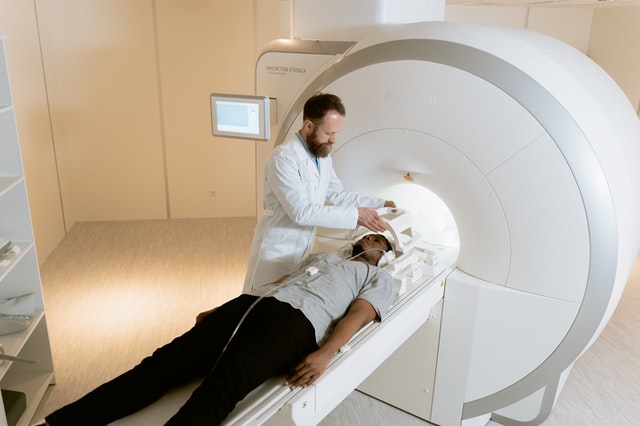
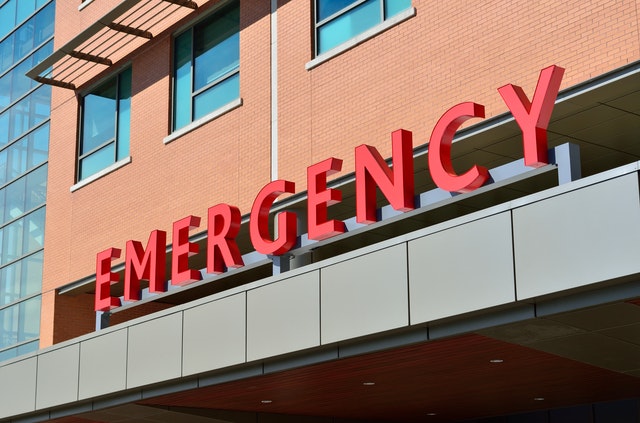
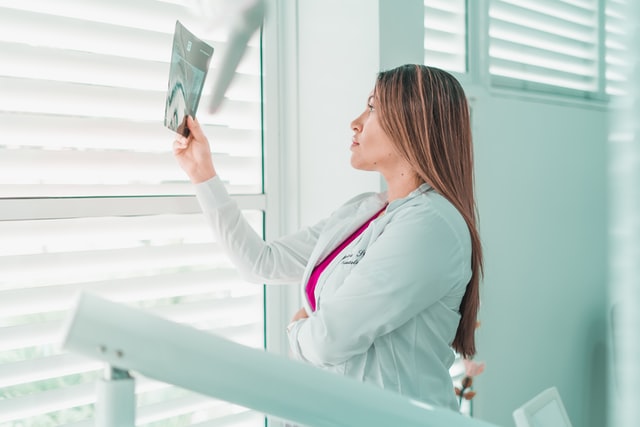
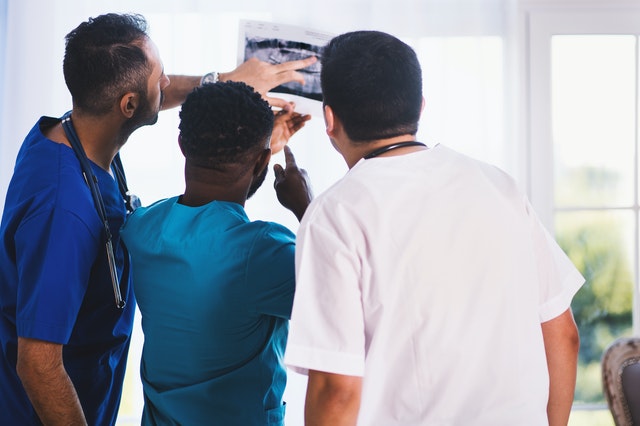

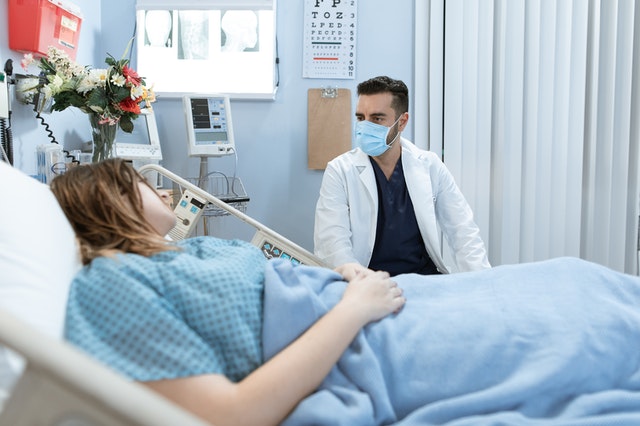

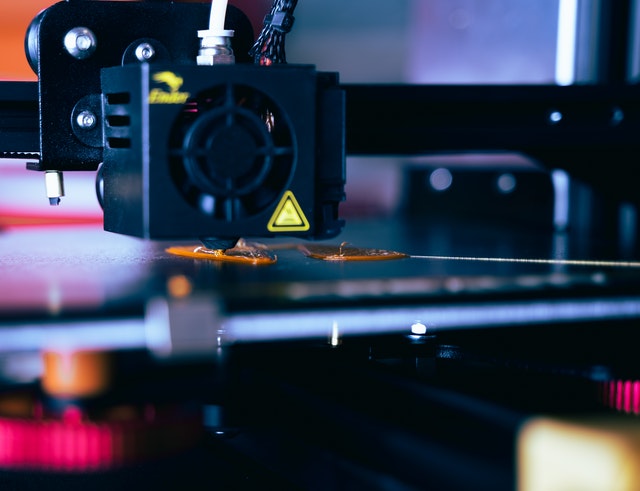
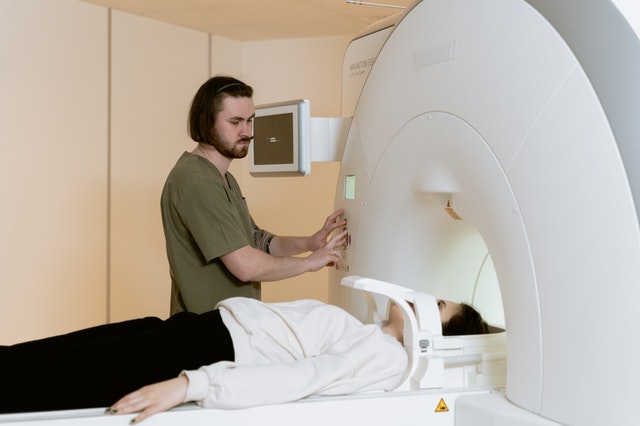

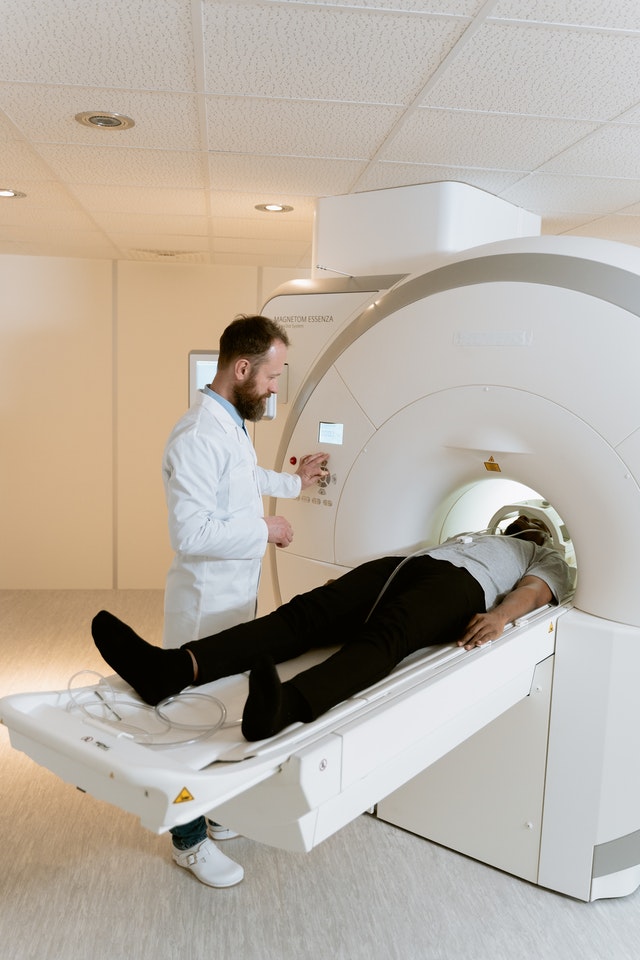
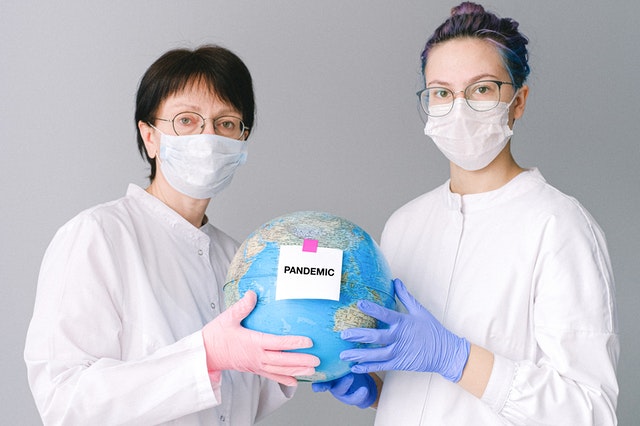
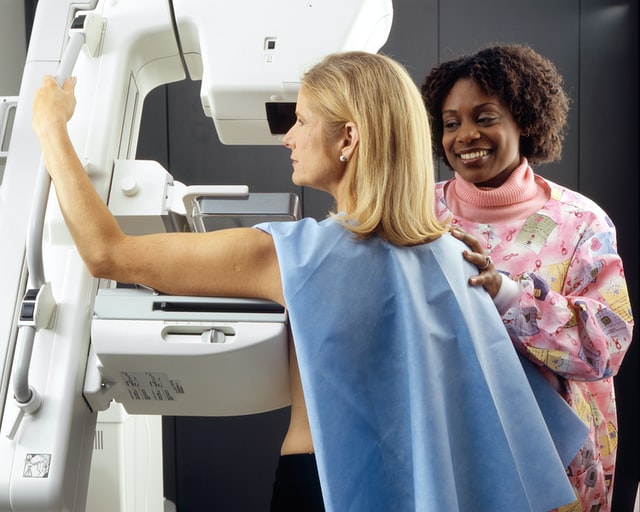
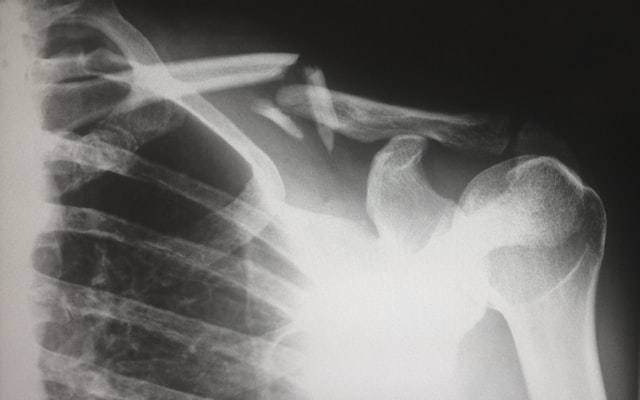


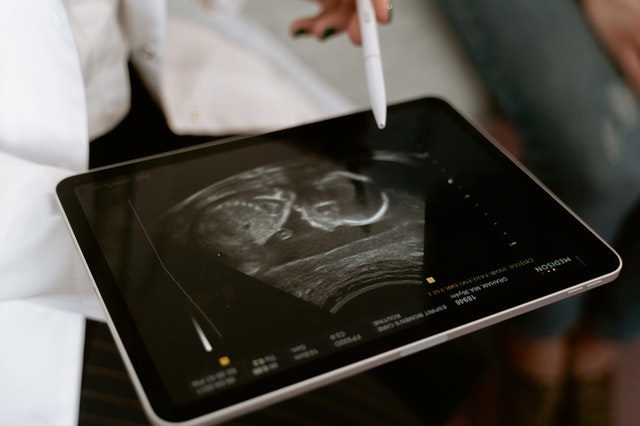
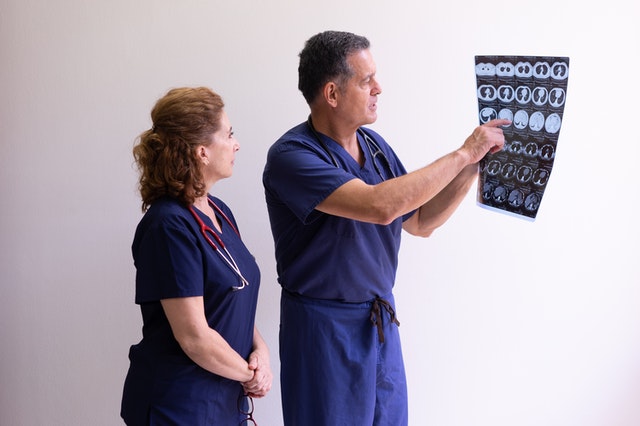 Studies suggest
Studies suggest
